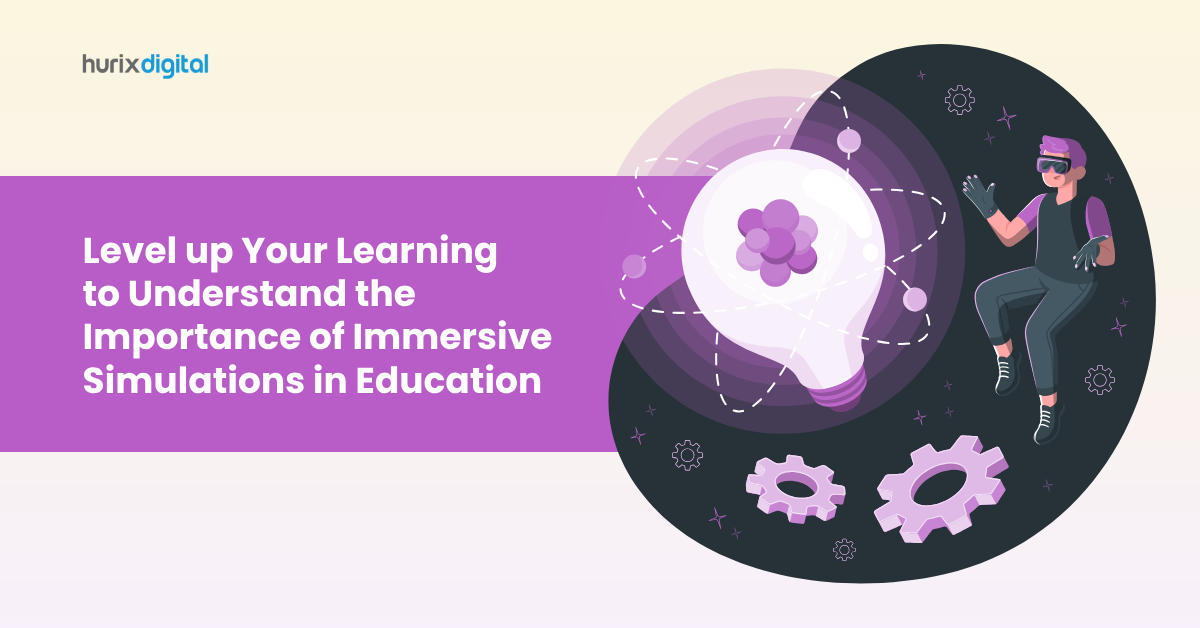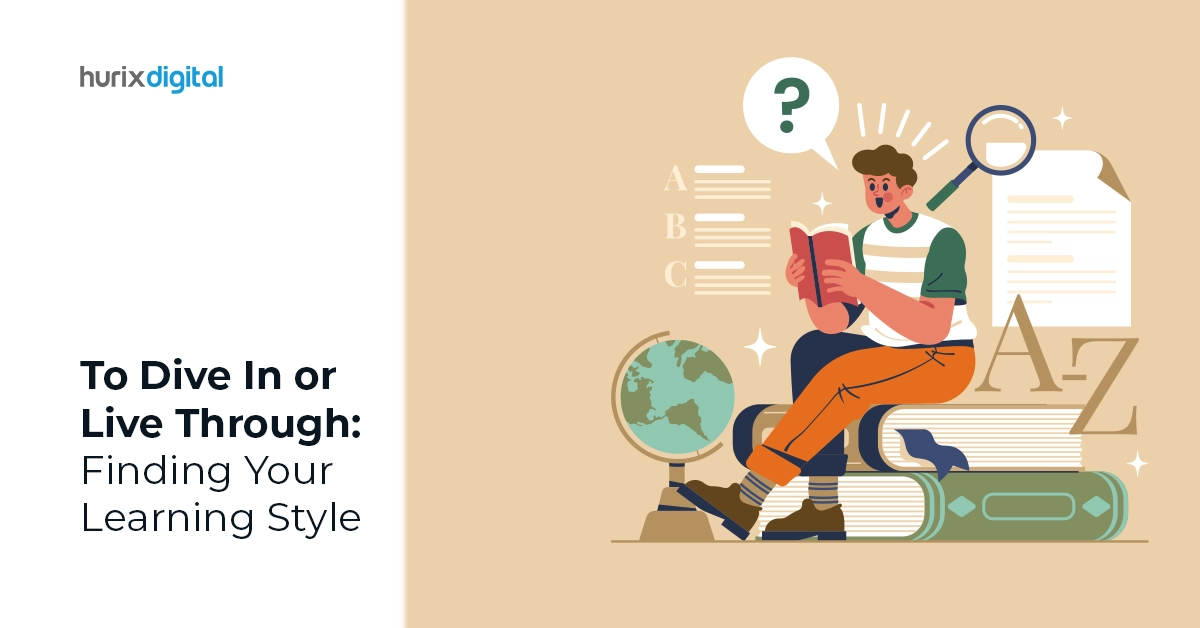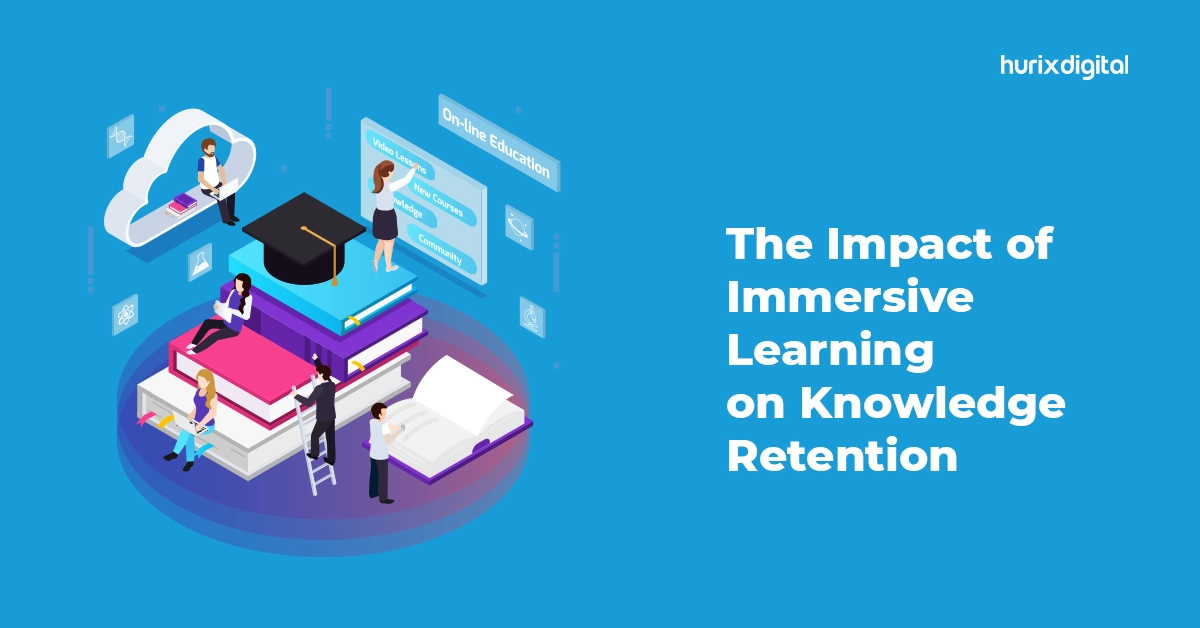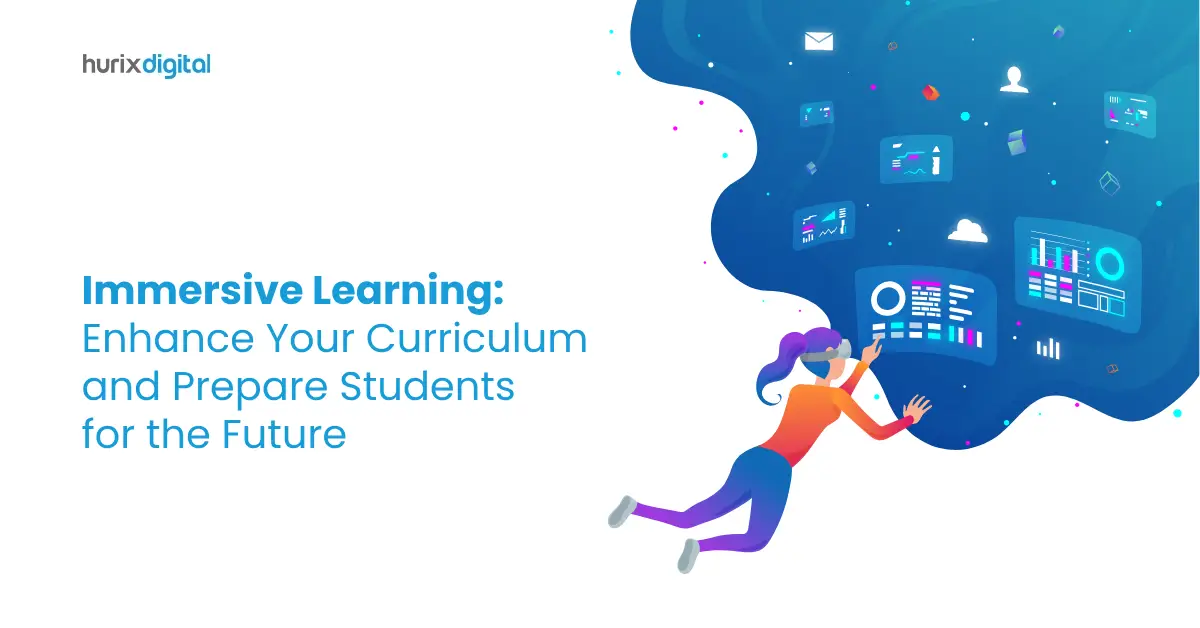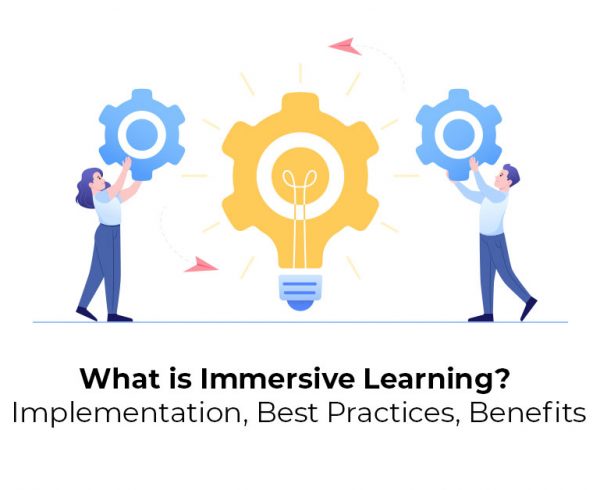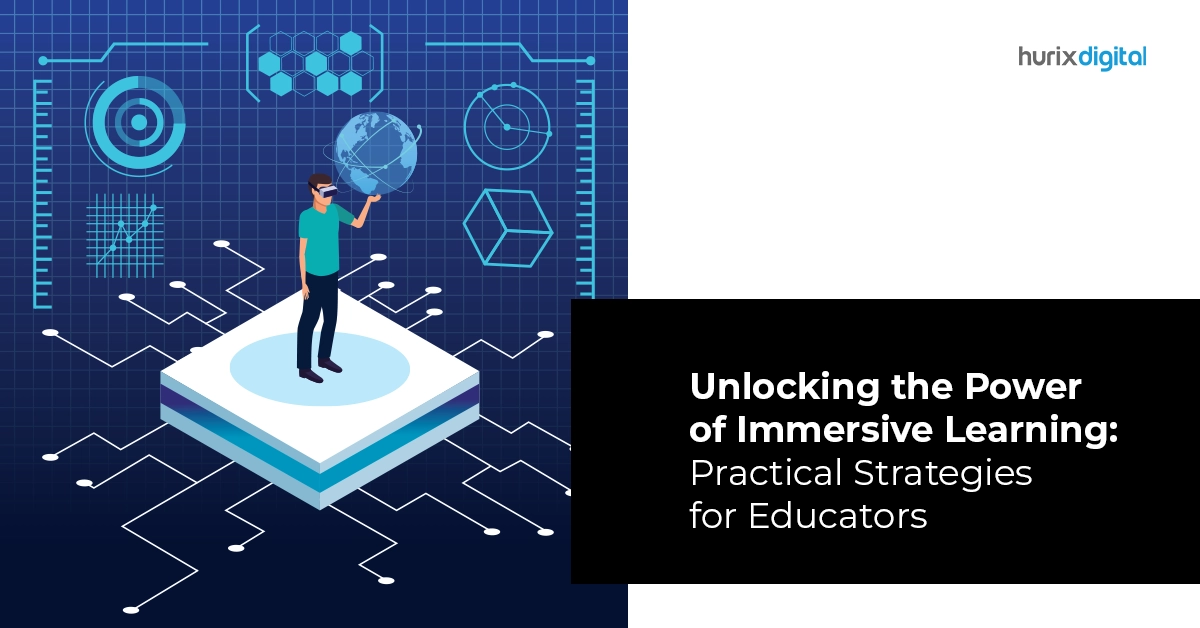Summary
This article explores the rising significance of immersive learning simulations in education, highlighting their ability to boost engagement and enhance understanding.
Traditional educational methods rely heavily on textbooks and passive lectures and often fail to ignite the spark of curiosity in learners. Immersive learning simulations present a revolutionary shift that transforms classrooms into interactive playgrounds for the mind.
These simulations overcome the limitations of physical space and time, allowing learners to dissect a frog without the unpleasant olfactory experience or scale Mount Everest from the comfort of their desks.
Immersive learning simulations offer an engaging approach to education, leaving rote learning behind. Learners find themselves in a dynamic environment and actively grapple with complex concepts, experiment with scientific principles, and experience historical events firsthand.
Table of Contents:
- How are Immersive Simulations a Shift From Pages to Places?
- Reasons Behind the Growing Impact of Immersive Simulations in Education
- In a Nutshell
How are Immersive Simulations a Shift from Pages to Places?
Integrating immersive learning technologies into Learning Management Systems (LMSs) and Learning Experience Platforms (LXPs) makes room for holistic learning because of highly enriched learning environments.
The adoption of easy authoring tools, leveraging 2D, 3D, and 360-degree imagery, introduces learners to actual work settings without the need for costly computer-generated simulations.
Learners experience these immersive scenarios and significantly benefit from the increased engagement, efficiency, and enriched learning experience.
Also Read: Why Should Your Institute Invest in Immersive Learning Modules in 2024?
Reasons Behind the Growing Impact of Immersive Simulations in Education
The sphere of education is in flux, where change is the only constant. This ever-evolving space is where the growing impact of immersive simulations becomes evident.
Let us look at some of the reasons behind the emerging significance of immersive simulations in education.
1. Engaging Learning Experience
Immersive education catapults learning into the future. It transforms the conventional methods of teaching, throwing learners into the thick of it to spark interactive problem-solving skills and sharpen focus. Studies show that retention rates soar 75% higher in immersive classrooms.
Well, who would not remember the French Revolution after dodging virtual guillotines? Immersive learning engages multiple senses, facilitating a deeper neural connection to forge stronger memories.
It allows architects to walk through their blueprints before a brick is laid, fostering creative thinking and collaboration, leading learners to where curiosity fuels exploration and discovery becomes the norm.
2. Personalized Learning
Forget one-size-fits-all learning with immersive simulations as it is tailor-made for each learner. Immersive simulations offer a student-centric approach to learning. It is like stepping into a virtual world where the pace, difficulty, and even content are in sync with the unique strengths and preferences of learners.
With immersive simulations, students become the architects of their education, customizing the pace of their courses. Personalized learning within immersive environments dramatically improves engagement and motivation.
It makes learning a thrilling quest rather than a boring chore. With immersive simulations in the mix, each student can absorb, engage, and succeed at a rhythm that suits their individual needs and aspirations.
3. Experiential Learning
The days of passive note-taking are long gone. The increasing significance of immersive learning is a testament to the paradigm shift from passive learning to active exploration.
Immersive simulations propel learners into dynamic environments where theoretical concepts come alive, moving out of the confines of the classroom. Students become active participants, engaging multiple senses and forging lasting connections with the subject matter rather than passively observing.
Learners are 40% more confident in skill application when they are trained through VR compared to their classroom counterparts.
This shift from passive absorption to hands-on exploration enhances retention and deepens understanding, resulting in an educational experience that transcends rote memorization, fostering critical thinking and problem-solving skills.
4. Skill Enhancement
Immersive simulations are no longer a futuristic novelty in a world demanding adaptable and skilled individuals. It has become an invaluable tool for equipping future generations with the hands-on expertise they need to thrive.
This iterative practice builds confidence and mastery, facilitating skill development to new heights. Immersive simulations allow students to practice and experiment in life-like situations, resulting in them performing 4x faster than classroom learners.
5. Safe Practical Learning
Staying on top of new skills, enhancing current abilities, and going through compliance training a constant in every job.
Especially in industries like manufacturing, healthcare, or construction, where things can get pretty hands-on, and technical practice is a must. Education for students wanting to enter these industries must incorporate immersive simulations to help them practice and get firsthand experience.
New doctors often find themselves in situations where their textbook knowledge is insufficient for preparation. It is nerve-wracking! Immersive learning allows one to practice tricky scenarios without real-world consequences.
In medicine, it could mean tackling complex cases before one is face-to-face with a patient. It helps students learn from their mistakes. Immersive simulations bridge the gap between theory and application.
6. Knowledge Application
The emerging significance of immersive simulations in education stems from their unparalleled scope for knowledge application. Unlike traditional methods, immersive technology enables students to apply theoretical concepts in realistic scenarios to foster a deep understanding of subjects.
From science experiments to historical reenactments, learners actively engage with and manipulate information, transcending passive learning. Such an approach cultivates practical skills necessary for real-world challenges.
As the demand for applicable knowledge intensifies, immersive simulations become a pivotal tool to enter the future of learning into a realm where theoretical understanding seamlessly transforms into practical proficiency.
7. Technological Advancements
The sky-rocketing importance of immersive learning in education is intricately tied to technological advancements that keep the education system dynamically up-to-date.
These simulations leverage cutting-edge technology to provide real-time feedback, eradicating delays in comprehension. It eliminates the risk of biases from educators, ensuring an objective learning experience.
Additionally, technological strides ensure accuracy and prevent errors in the educational process. The technology of immersive simulations ushers us into an era of precision, objectivity, and adaptability, making it an indispensable asset in modern education.
Check out: Hurix Minibook: Immersive Learning for the WIN in Education!
In a Nutshell
Immersive simulations are a significant educational advancement, moving beyond virtual reality engagement. It is not all about VR gadgets and complex technology but a beacon for transcending educational barriers. Pioneers like Hurix Digital offer educators the tools to create an immersive educational experience.
Immersive simulations personalize learning through custom videos and audio to foster strong connections between instructors and students. They break down the walls of the classroom and replicate real-world scenarios within familiar environments, allowing learners to develop and apply skills in a safe and engaging space.
Explore the immersive learning tools provided by Hurix Digital to customize your simulations, track student progress, and unlock the full potential of your curriculum.


